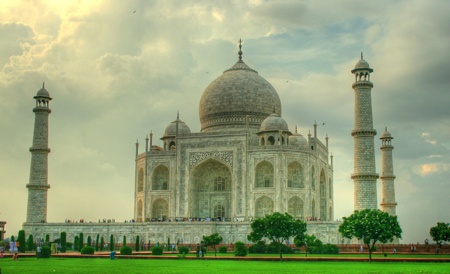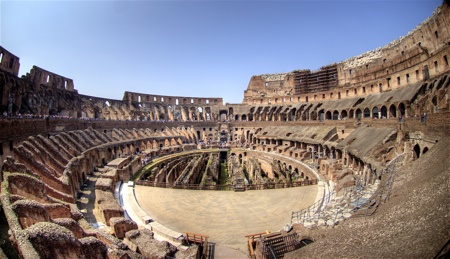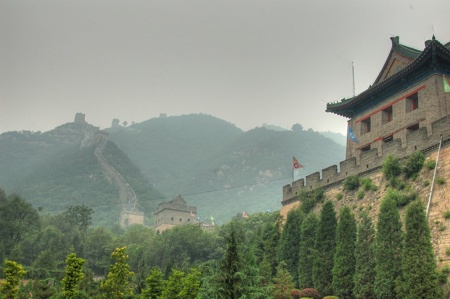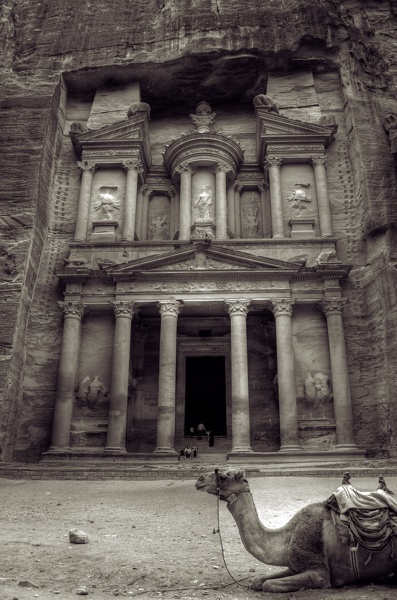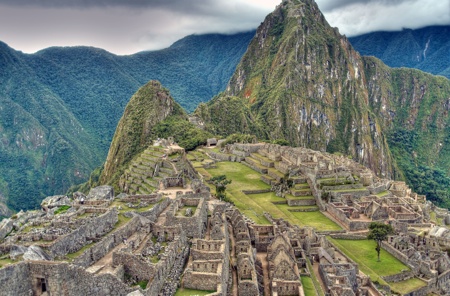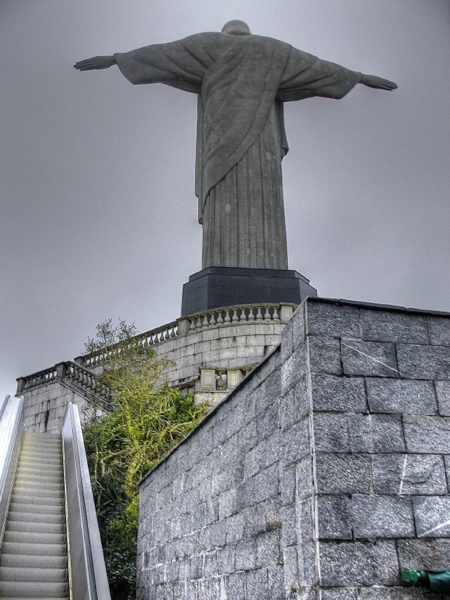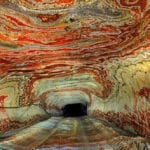 Our World
Our World  Our World
Our World  Weird Stuff
Weird Stuff 10 Fascinating Facts You Might Not Know About Snow
 Miscellaneous
Miscellaneous Top 10 Things Crypto Was Supposed to Change & What Actually Did
 History
History 10 Huge Historical Events That Happened on Christmas Eve
 Music
Music 10 Surprising Origin Stories of Your Favorite Holiday Songs
 History
History 10 Less Than Jolly Events That Occurred on December 25
 Weird Stuff
Weird Stuff 10 Funny Ways That Researchers Overthink Christmas
 Politics
Politics 10 Political Scandals That Sent Crowds Into the Streets
 Weird Stuff
Weird Stuff Ten Bizarre Facts About The Doge Meme
 Our World
Our World 10 Ways Your Christmas Tree Is More Lit Than You Think
 Our World
Our World 10 Archaeological Discoveries of 2025 That Refined History
 Weird Stuff
Weird Stuff 10 Fascinating Facts You Might Not Know About Snow
 Miscellaneous
Miscellaneous Top 10 Things Crypto Was Supposed to Change & What Actually Did
Who's Behind Listverse?

Jamie Frater
Head Editor
Jamie founded Listverse due to an insatiable desire to share fascinating, obscure, and bizarre facts. He has been a guest speaker on numerous national radio and television stations and is a five time published author.
More About Us History
History 10 Huge Historical Events That Happened on Christmas Eve
 Music
Music 10 Surprising Origin Stories of Your Favorite Holiday Songs
 History
History 10 Less Than Jolly Events That Occurred on December 25
 Weird Stuff
Weird Stuff 10 Funny Ways That Researchers Overthink Christmas
 Politics
Politics 10 Political Scandals That Sent Crowds Into the Streets
 Weird Stuff
Weird Stuff Ten Bizarre Facts About The Doge Meme
 Our World
Our World 10 Ways Your Christmas Tree Is More Lit Than You Think
7 New Wonders in Breathtaking Photographs
The New Seven Wonders of the World is a contemporary attempt to create an alternative to historical lists of the Seven Wonders of the World. This final list of seven was selected by internet users – the organization managing the vote say that over 100 million votes were counted – though people could vote more than once. Click the images to view them at their best.
1. Taj Mahal, India
Photograph By: micbaun [more…]
The Tah Mahal is a mausoleum complex in Agra, northern India, on the southern bank of the Yamuna (Jumna) River. In its harmonious proportions and its fluid incorporation of decorative elements, the Taj Mahal is distinguished as the finest example of Mughal architecture, a blending of Indian, Persian, and Islamic styles.
See this fantastic structure every day with this Taj Mahal Travel Poster at Amazon.com!
2. Colosseum, Rome
Photograph By: Will Hybrid [more…]
Construction of the Colosseum was begun sometime between AD 70 and 72 during the reign of Vespasian; the structure was officially dedicated in AD 80 by Titus in a ceremony that included 100 days of games. The Colosseum is a freestanding structure of stone and concrete, measuring 620 by 513 feet (190 by 155 metres) overall and seating some 50,000 spectators. It was the scene of thousands of hand-to-hand combats between gladiators, of contests between men and animals.
3. The Great Wall, China
Photograph By: Charlie81 [more…]
The Great Wall is a series of sandstone and earthen fortifications in China, built, rebuilt, and maintained between the 5th century BC and the 16th century to protect the northern borders of the Chinese Empire during the rule of successive dynasties. Several walls, referred to as the Great Wall of China, were built since the 5th century BC, the most famous being the one built between 220 BC and 200 BC by the first Emperor of China, Qin Shi Huang.
Rebuild magnificent wonders just like these in your own home with Build 3-D Wonders of the World at Amazon.com!
4. Petra, Jordan
Photograph By: Taras Kalapun [more…]
Petra is an ancient city, centre of an Arab kingdom in Hellenistic and Roman times; its ruins are in southwest Jordan. The city was built on a terrace, pierced from east to west by the Wadi Musa (the Valley of Moses)—one of the places where, according to tradition, the Israelite leader Moses struck a rock and water gushed forth. The valley is enclosed by sandstone cliffs veined with shades of red and purple varying to pale yellow, and for this reason Petra was called by the 19th-century English biblical scholar John William Burgon a “rose-red city half as old as Time.”
5. Machu Picchu, Peru
Photograph By: hazelbrae [more…]
Machu Pichu is a pre-Columbian Inca city located at 2,430 m (7,970 ft) altitude on a mountain ridge above the Urubamba Valley in Peru, about 70 km (44 mi) northwest of Cusco. Machu Picchu is probably the most familiar symbol of the Inca Empire. It is often referred to as “The Lost City of the Incas”. The site was designated as a World Heritage Site in 1983 when it was described as “an absolute masterpiece of architecture and a unique testimony to the Inca civilization”
6. Christ the Redeemer, Brazil
Photograph By: Pawel Z [more…]
Christ the Redeemer is a statue of Jesus Christ in Rio de Janeiro, Brazil. The statue stands 39.6 metres (130 feet) tall, weighs 700 tons and is located at the peak of the 700-m (2296-foot) Corcovado mountain in the Tijuca Forest National Park overlooking the city.
7. Chichen Itza, Mexico
Photograph By: itzamnavacmitun [more…]
Chichen Itza is a ruined ancient Maya city occupying an area of 4 square miles (10 square km) in south-central Yucatán state, Mexico. It is located some 90 miles (150 km) east-northeast of Uxmal and 75 miles (120 km) east-southeast of the modern city of Mérida. The only source of water in the arid region around the site is from wells (cenotes) formed by sinkholes in limestone formations.
